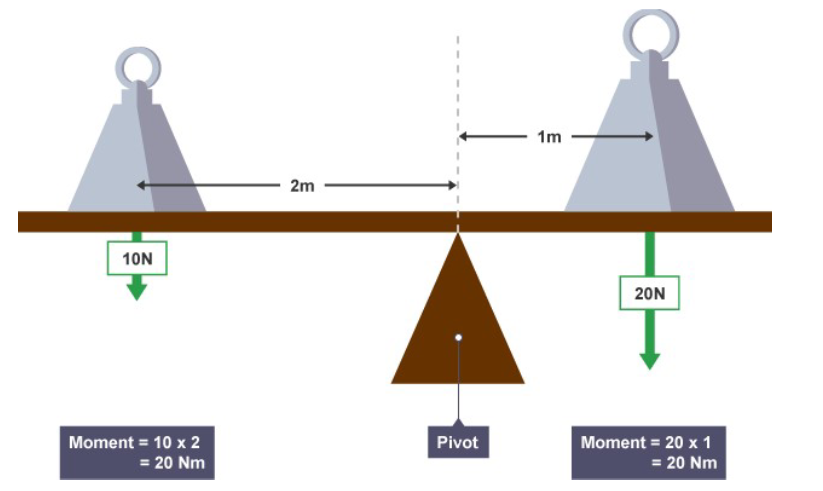SCIENCE TEST TUESDAY
When an area is small the pressure is big.
When an are is big, the pressure is small
Pressure can be thought of as the concentration of a force on an area and can be calculated using the equation: Pressure = force ÷ area
Force is measured in Newtons (N). Area can be cm² or m² and so pressure is measured in N/ cm² or N/ m²
Nm² = Pa
When a liquid freezes, it slightly expands, so there is less pressure.
When a gas is compressed into a smaller area, there is more pressure.
Water pressure changes in depth, water pressure depends on depth, not the container it’s in
The deeper you go the more pressure is applied to the water.
When a gas is cooled down it compresses, meaning the gas particles move slower, and when a gas is heated up, the gas spreads apart, meaning the gas particles more faster bouncing of everywhere in the container their in.
A moment is a turning effect of a force. Forces can make objects turn if there is a pivot.
To calculate a Moment, you need to know two things: the distance from the pivot that the force is applied and the size of the force applied
The equation for the Moment is: Moment = Force x Distance

You should also notice that the two moments in the example are equal and opposite. They are both 20 Nm but the left-hand one acts in an anticlockwise direction, and the right-hand one acts in a clockwise direction. This is why the beam is balanced.
moments are equal and opposite.

Moment = Force × Distance.
Anticlockwise Moments: = 30 kg × 4 = 120
Clockwise Moments: 120 = ? kg × 8
120 ÷ 8 = ? kg = 15kg